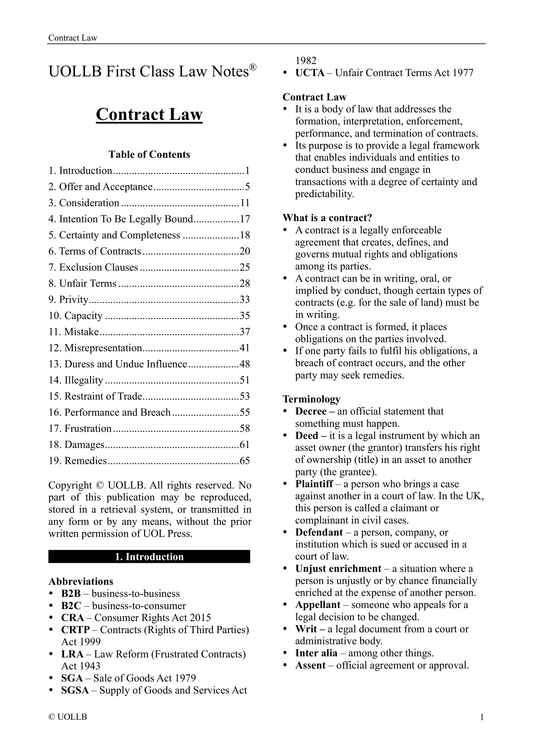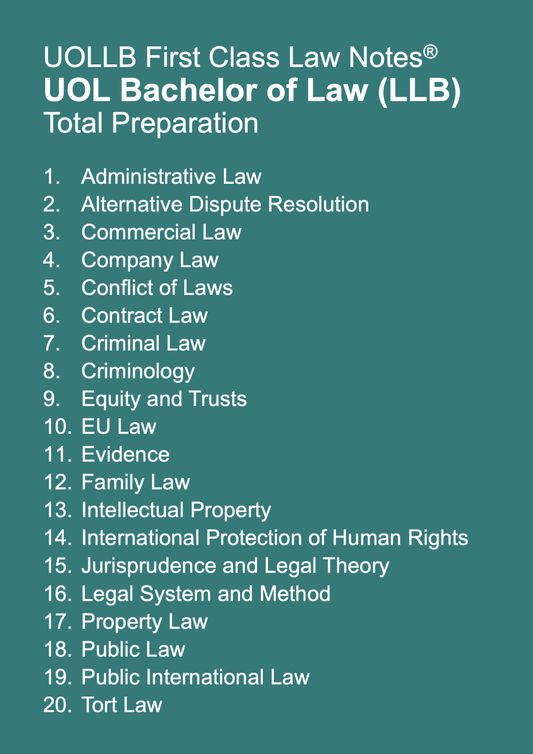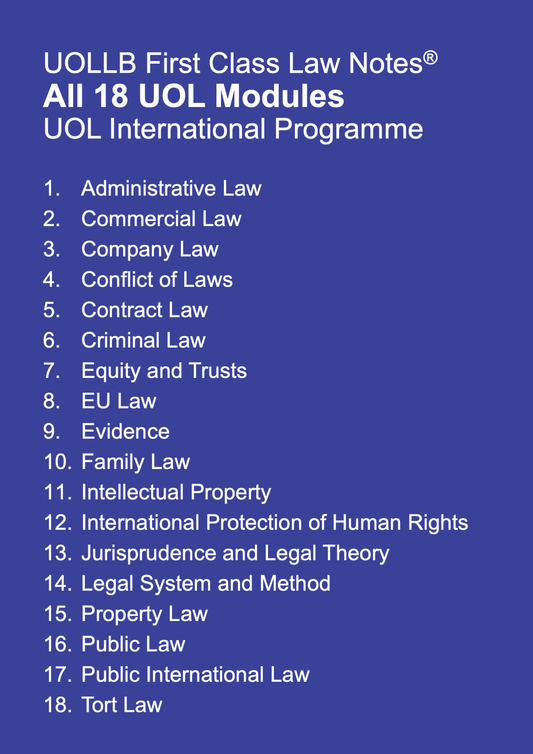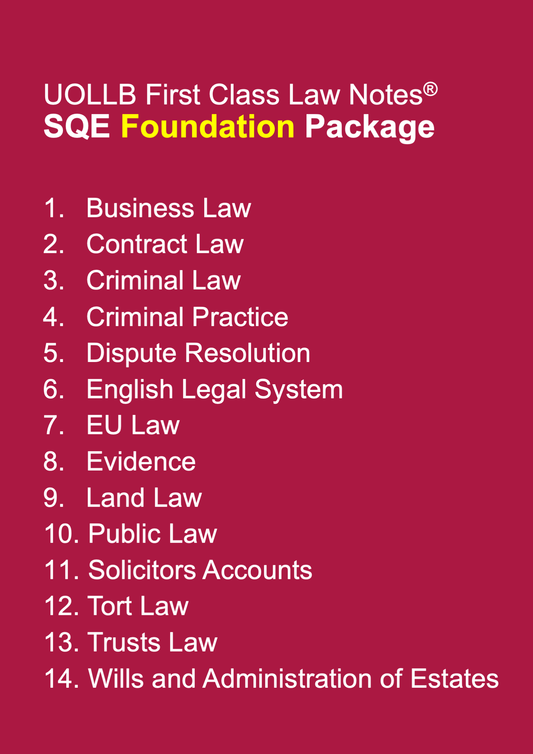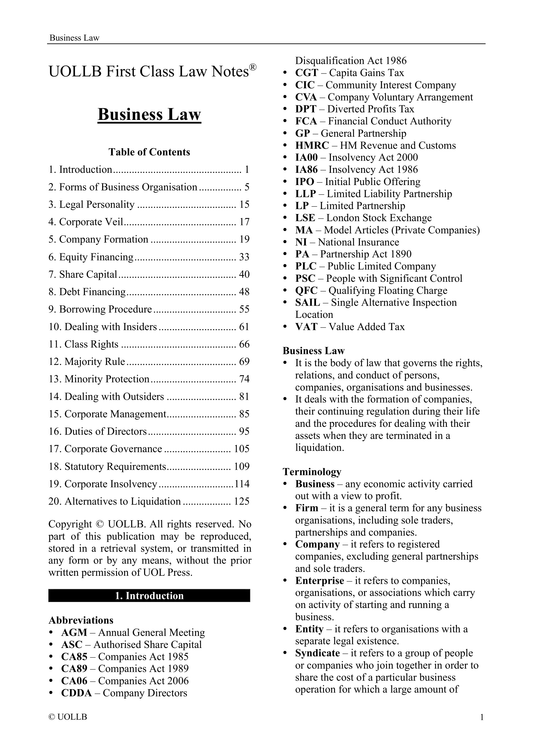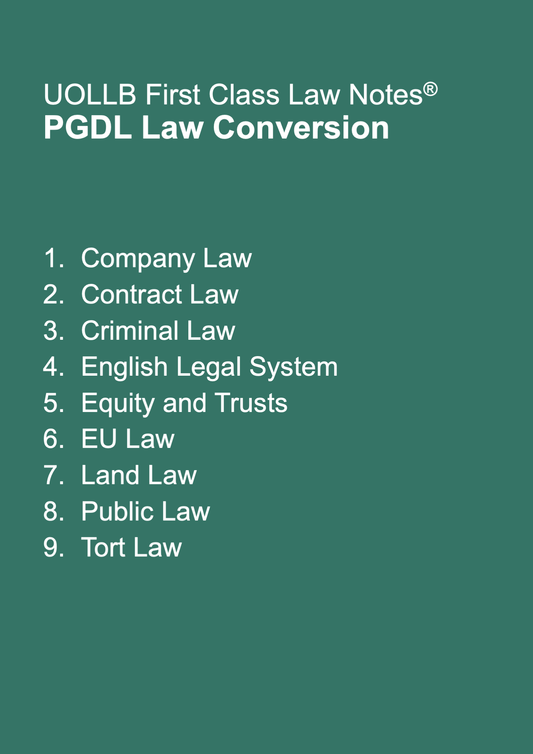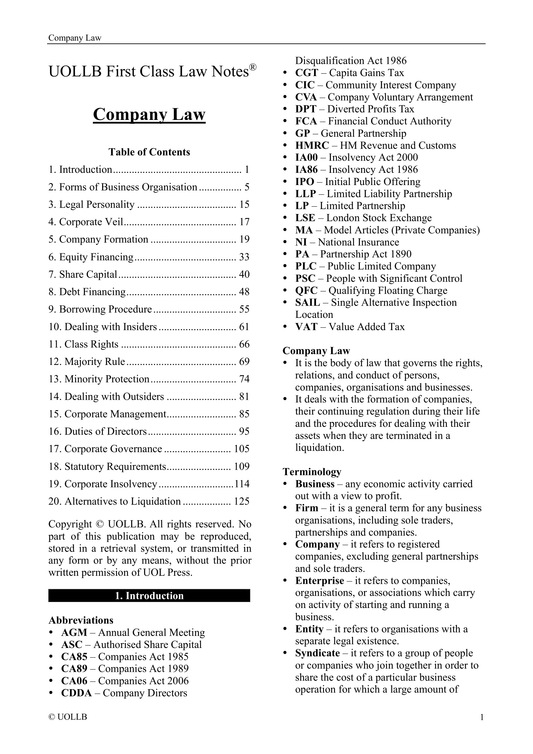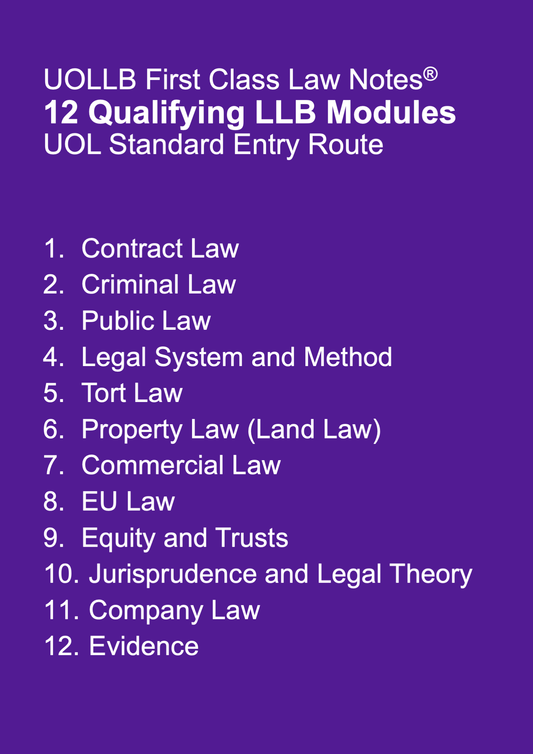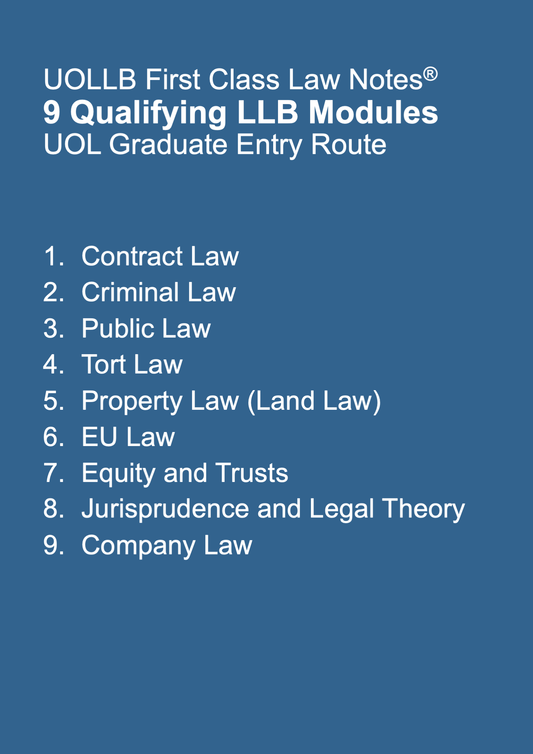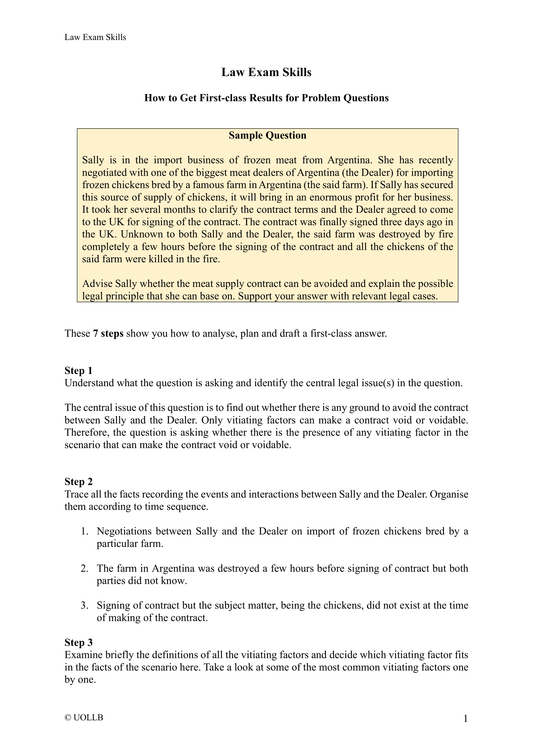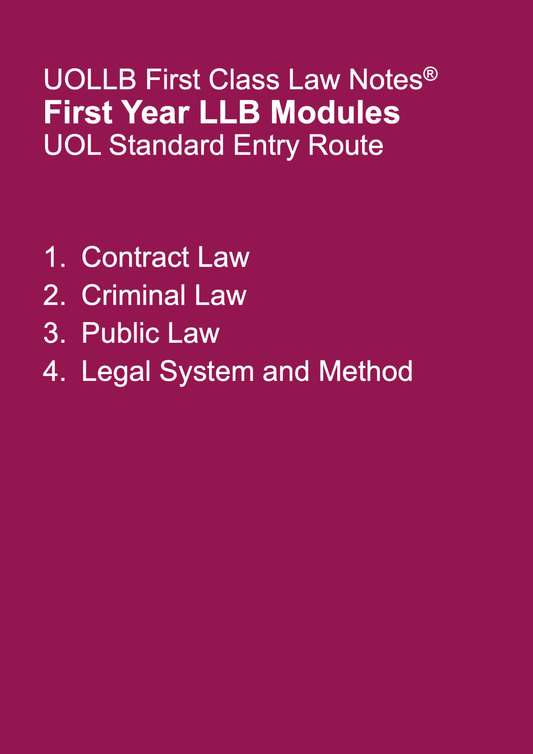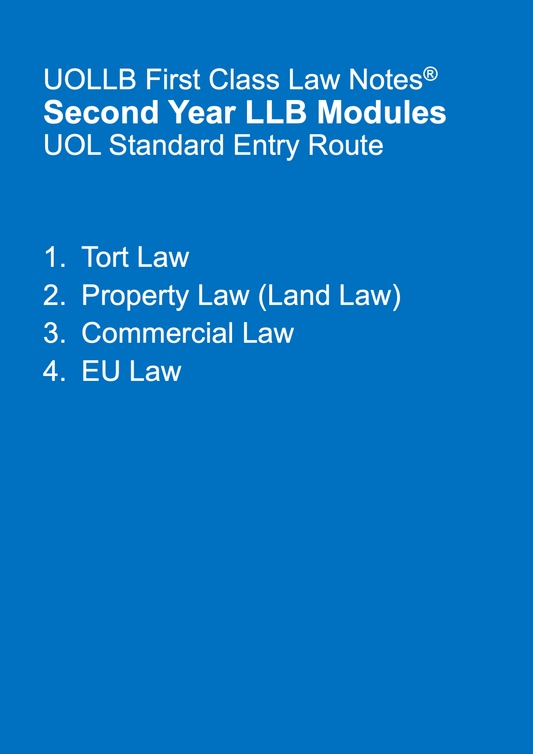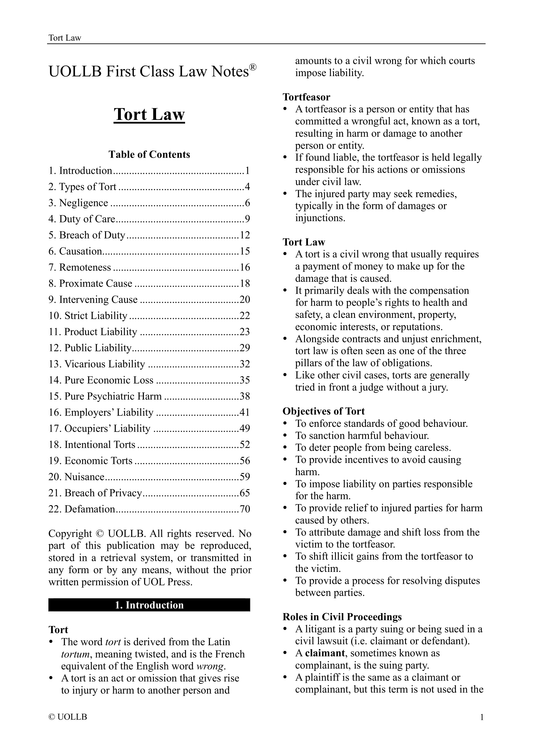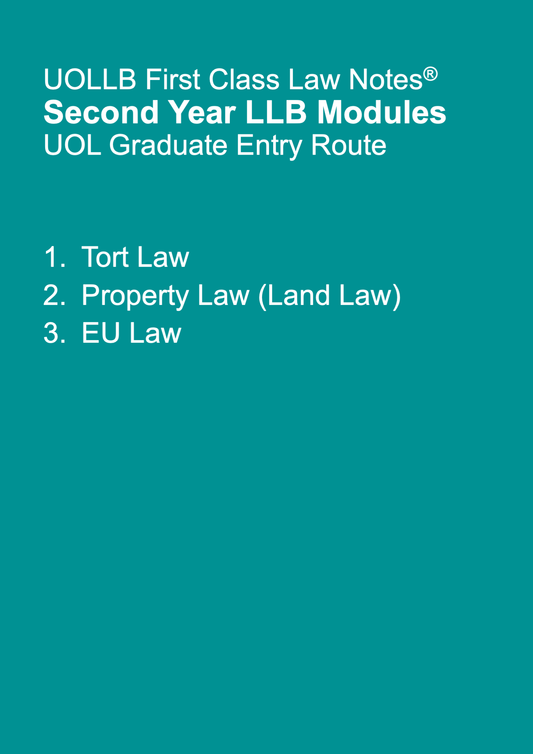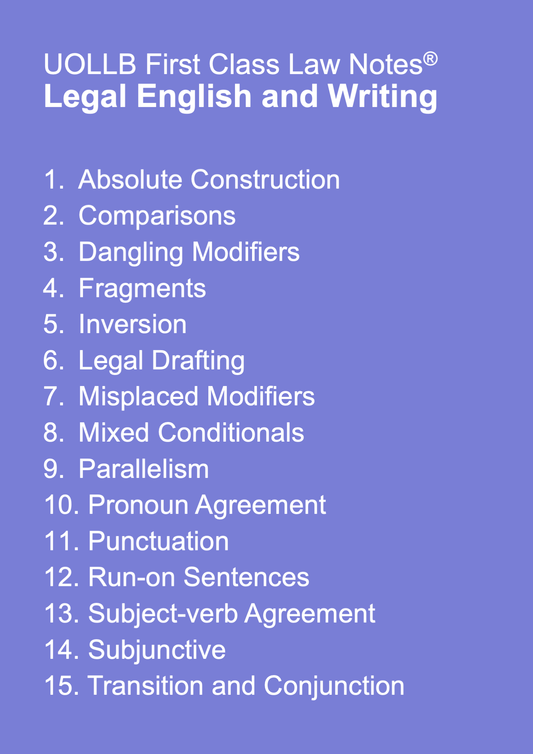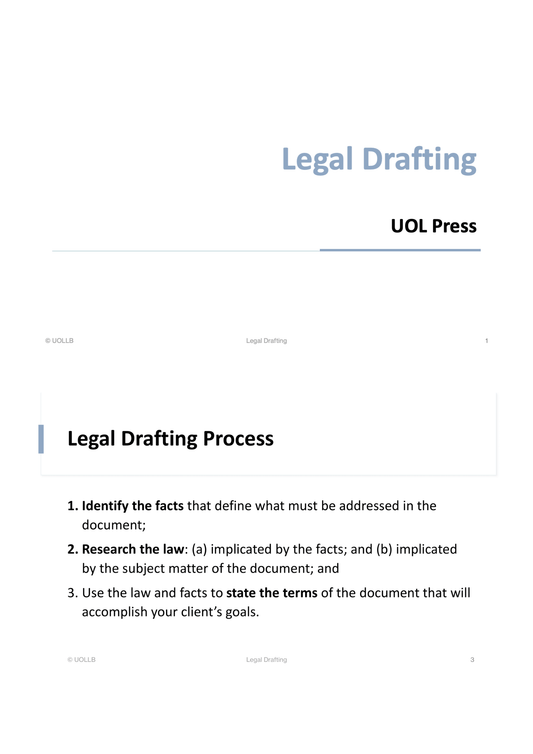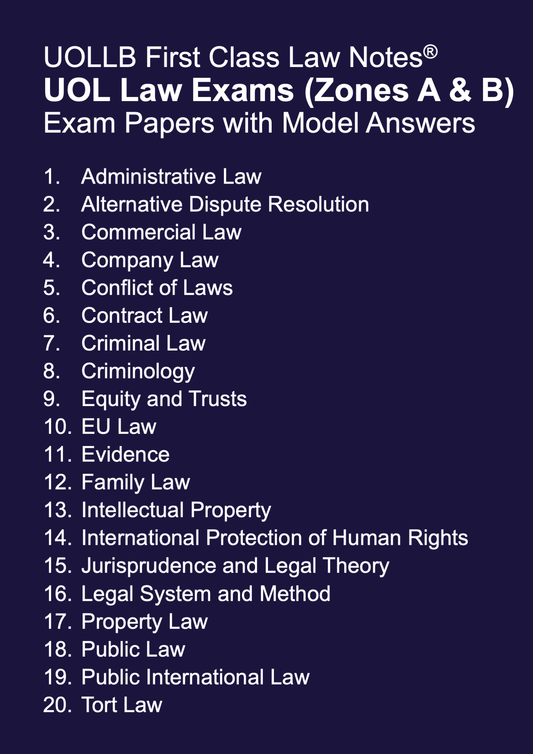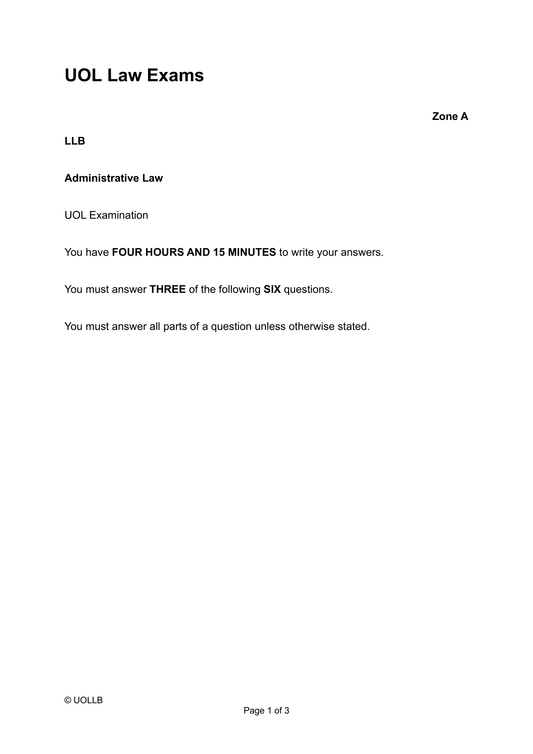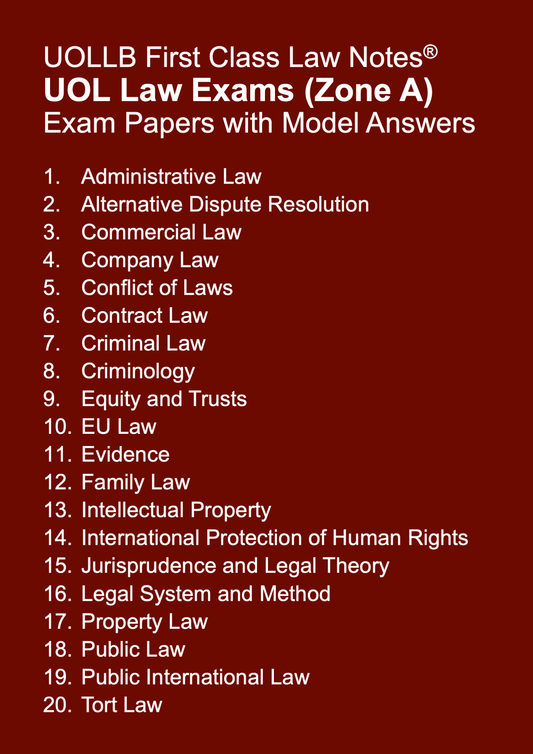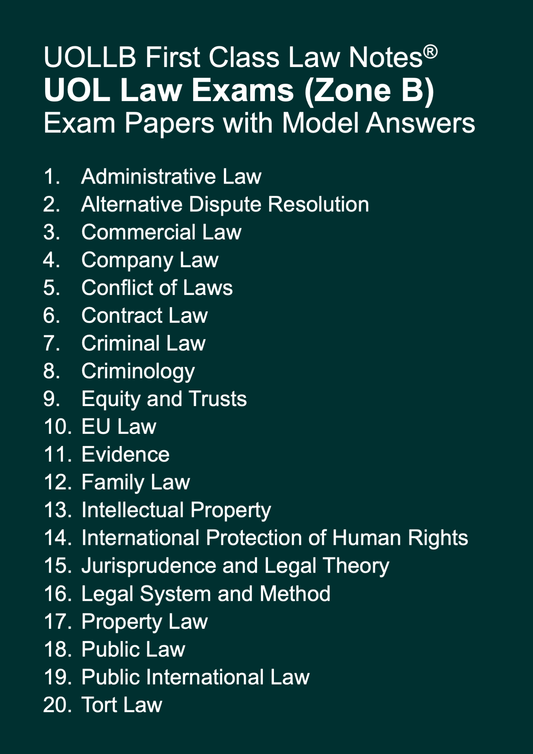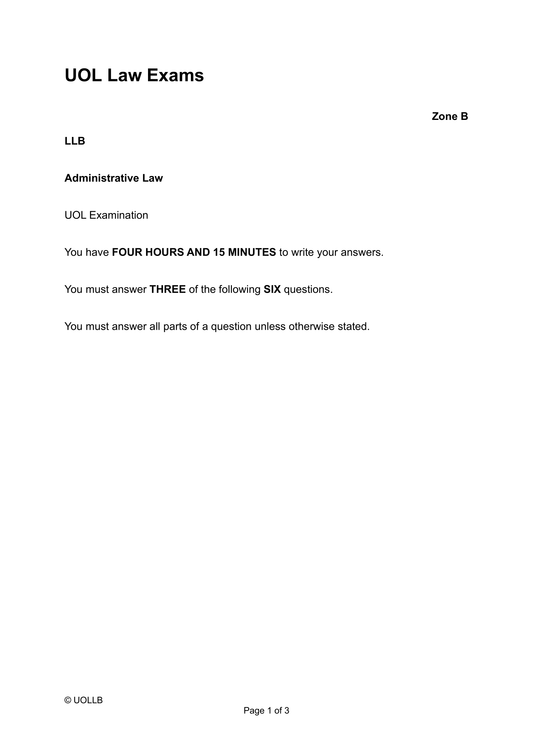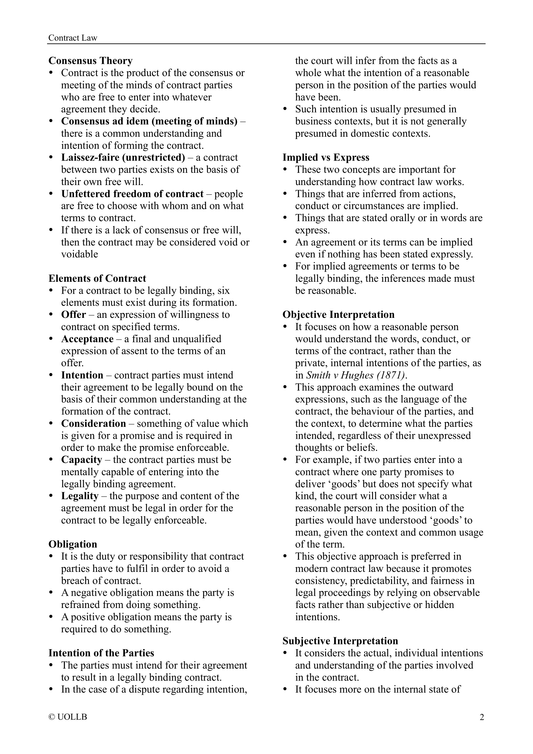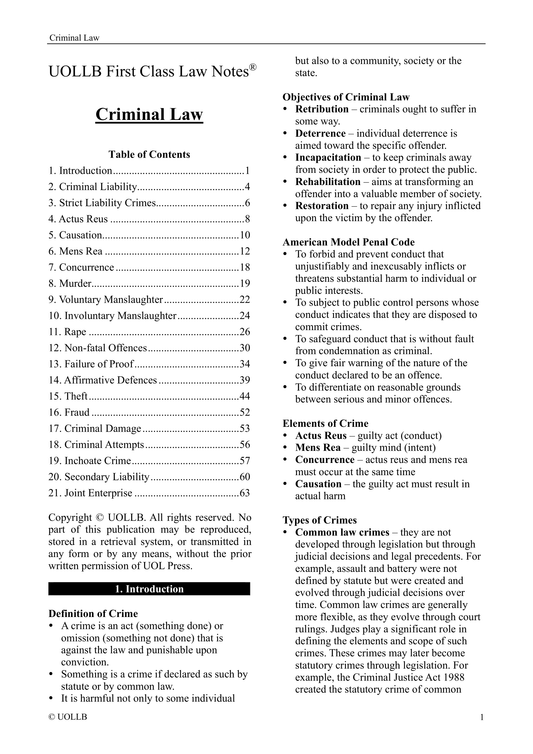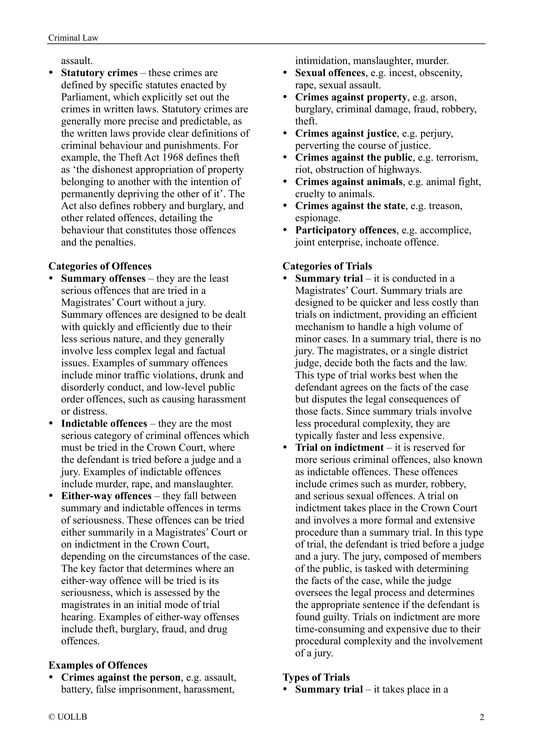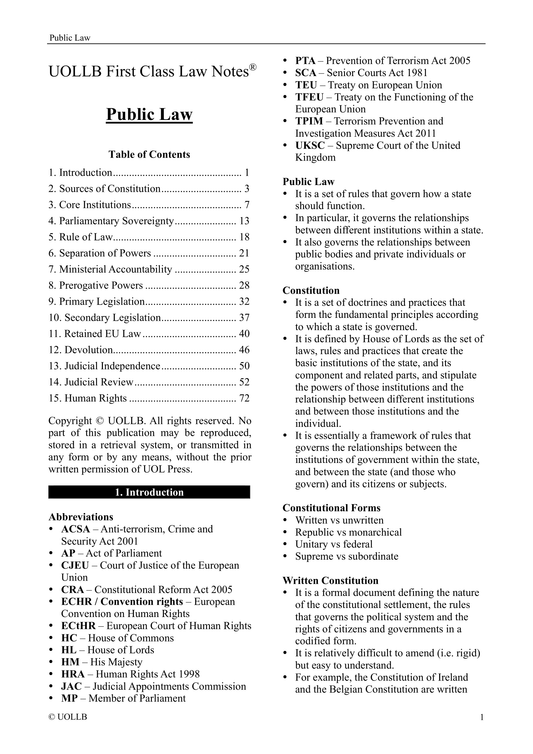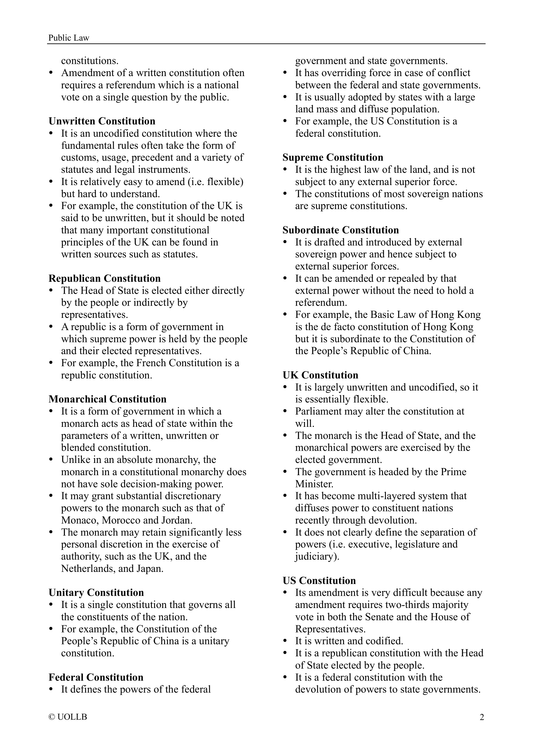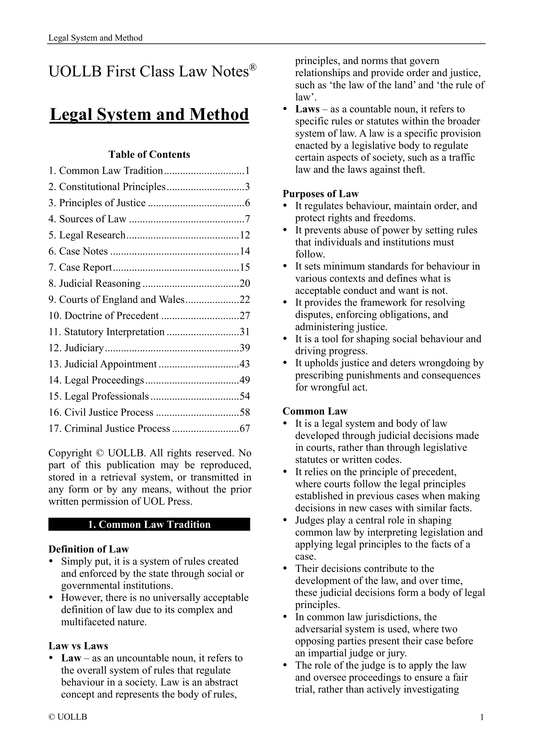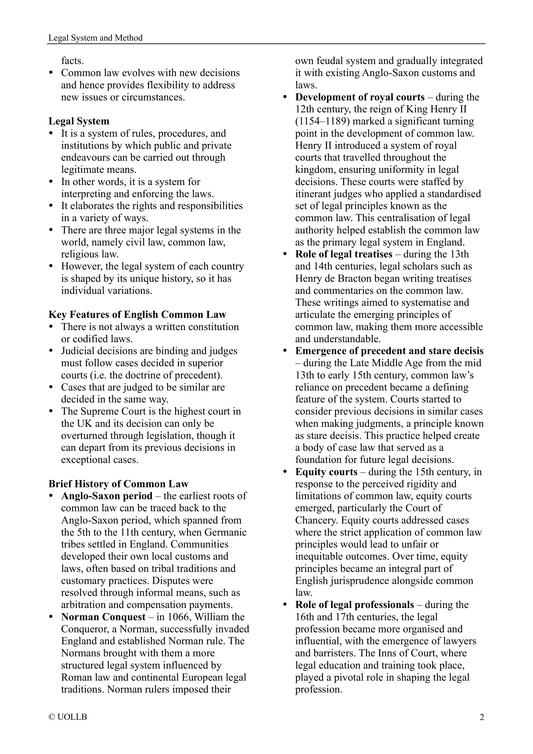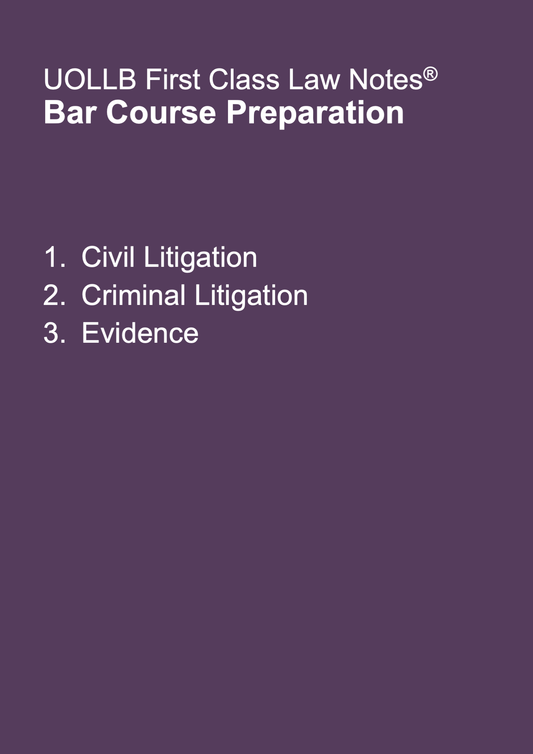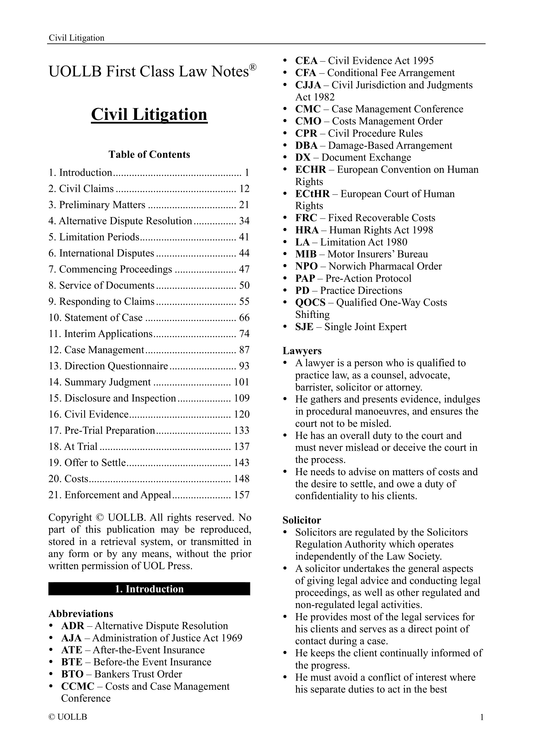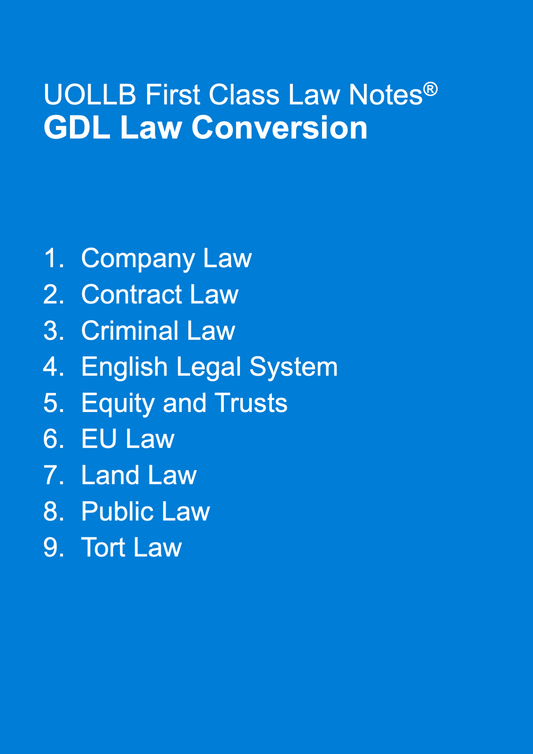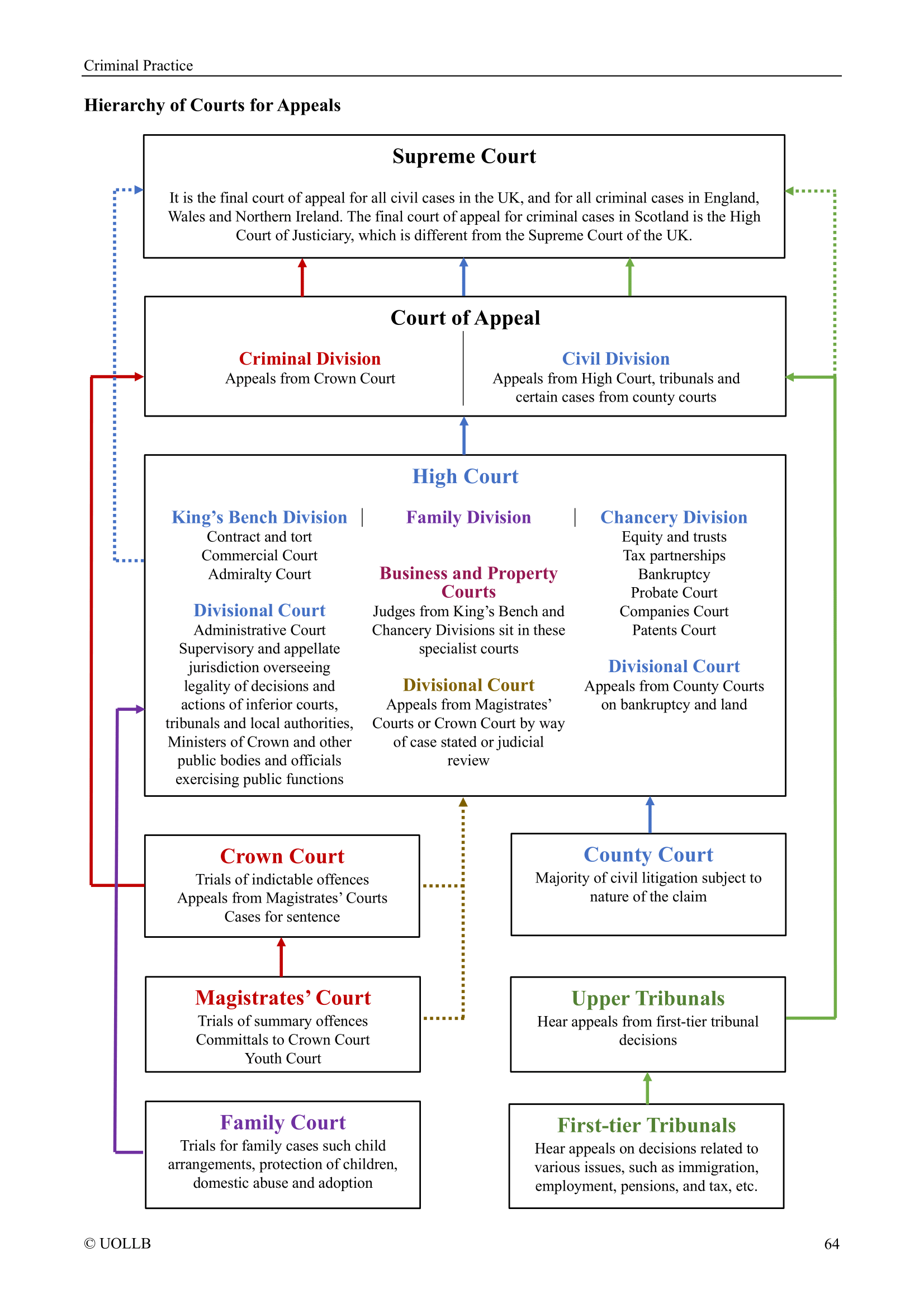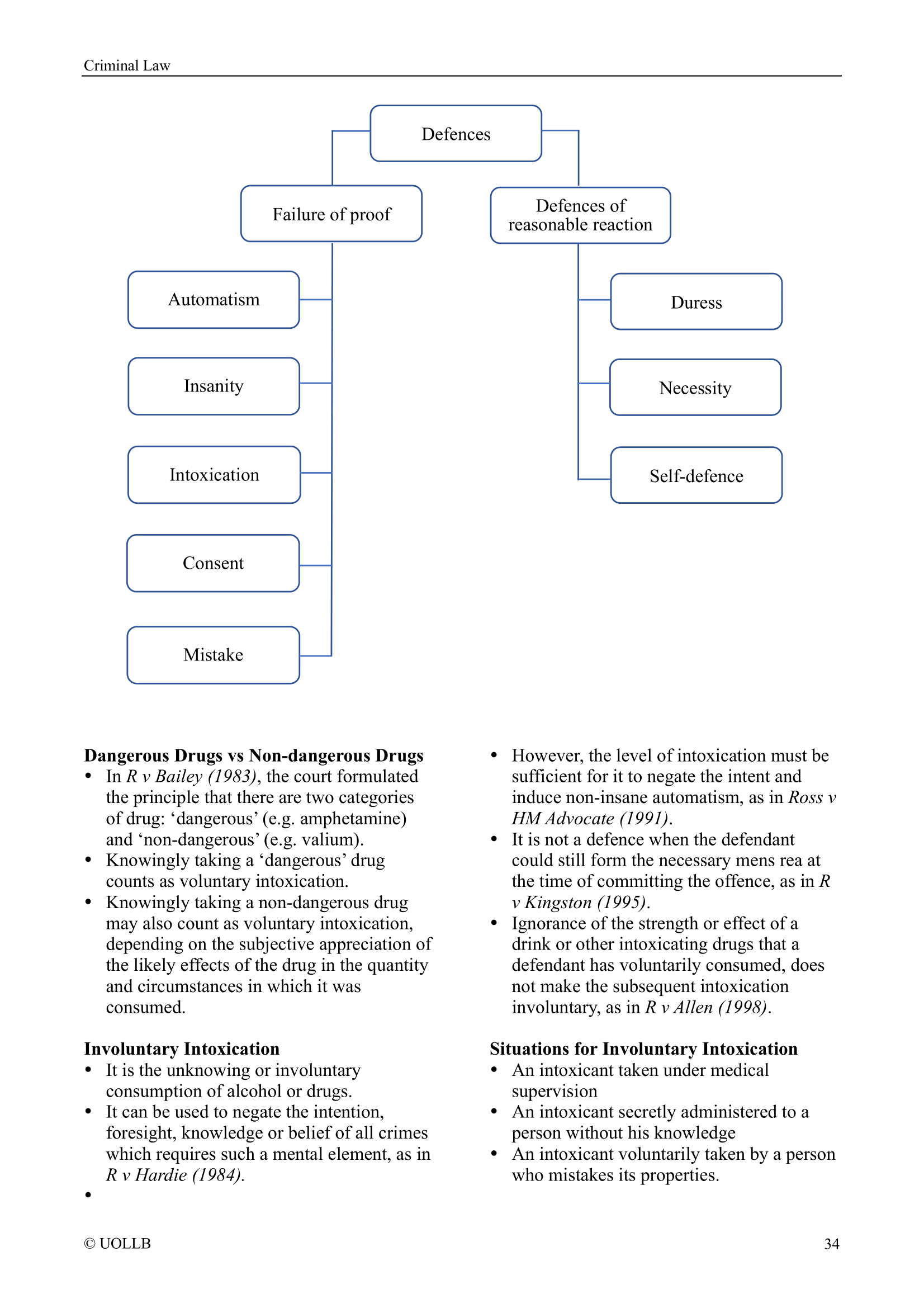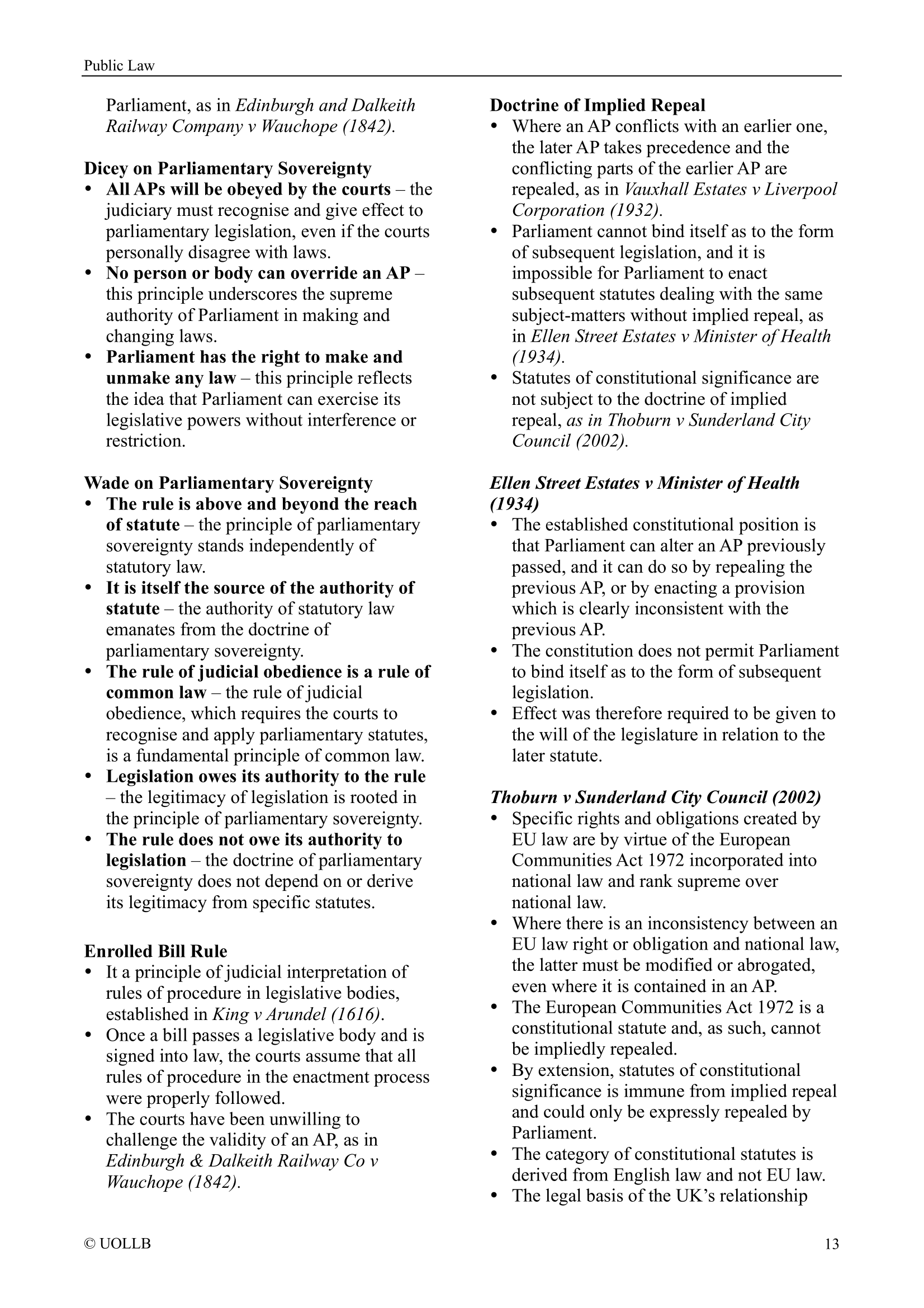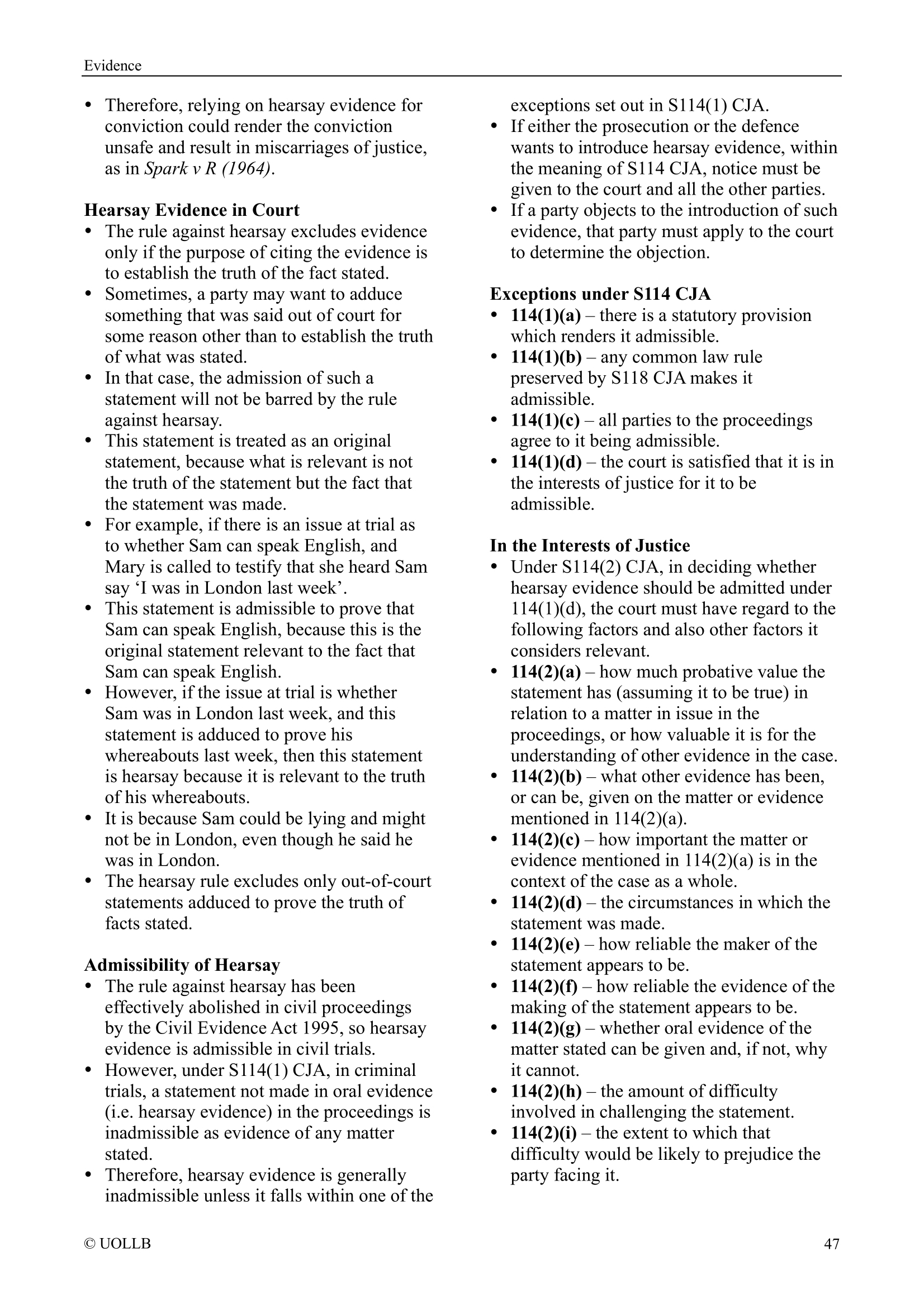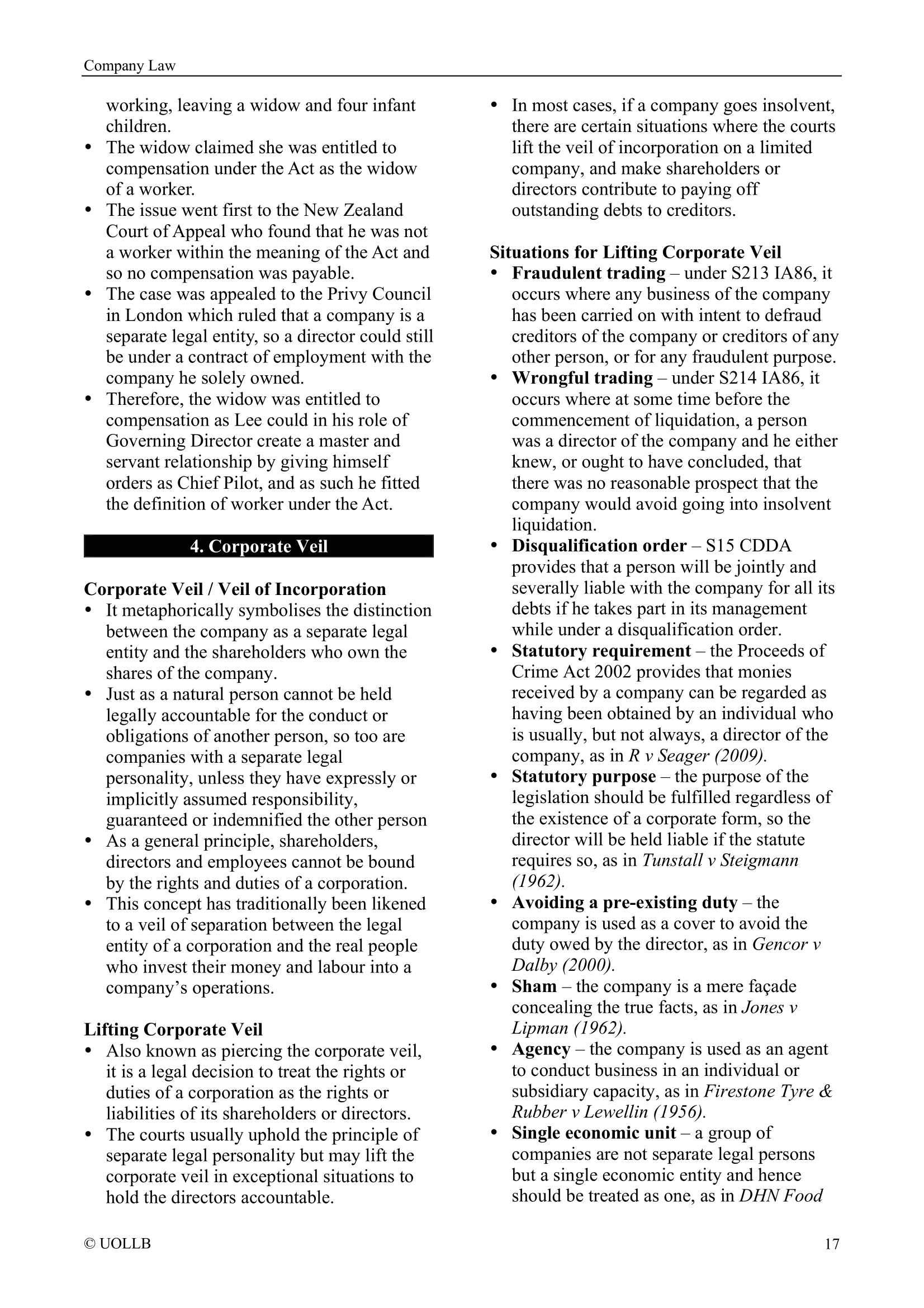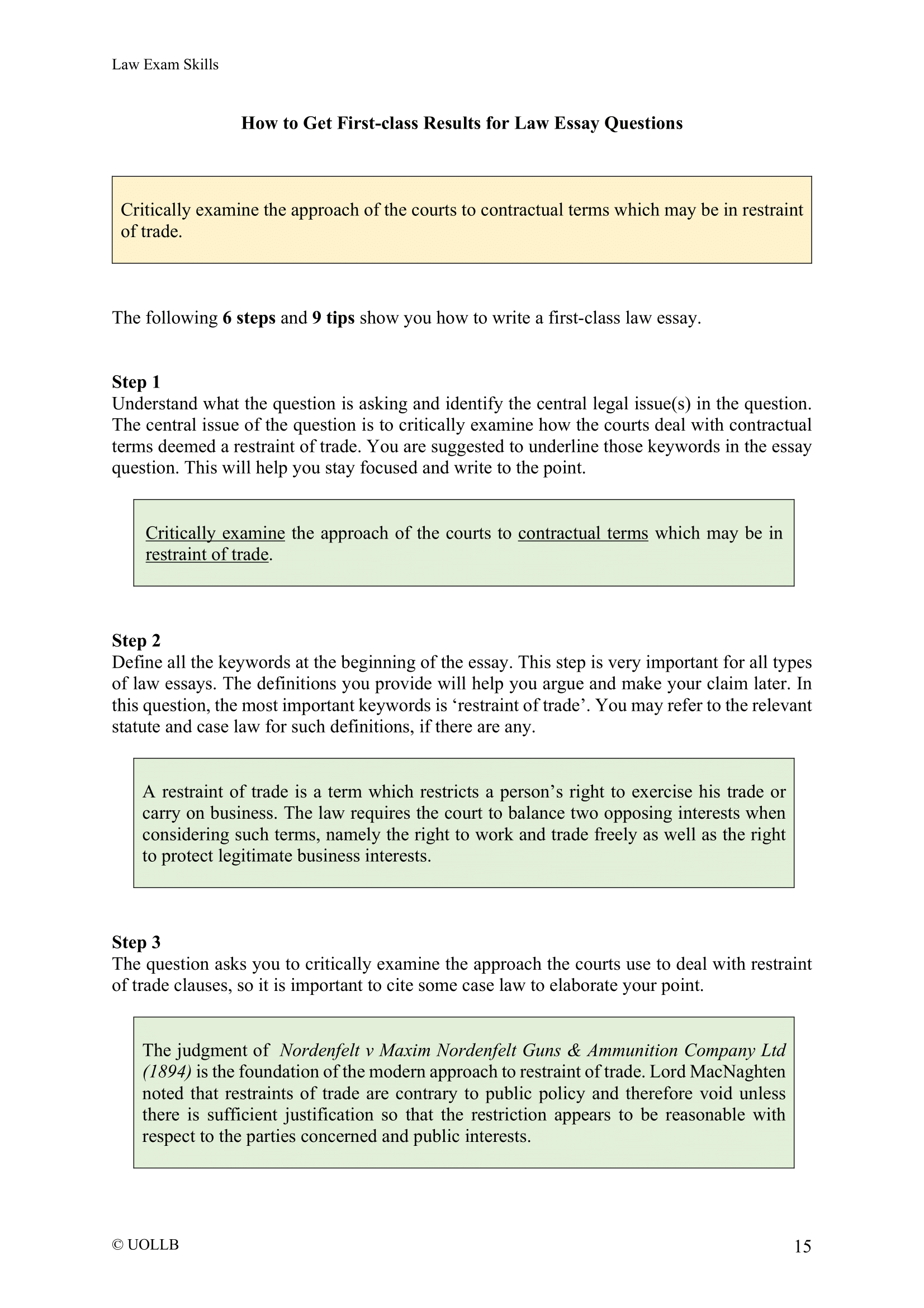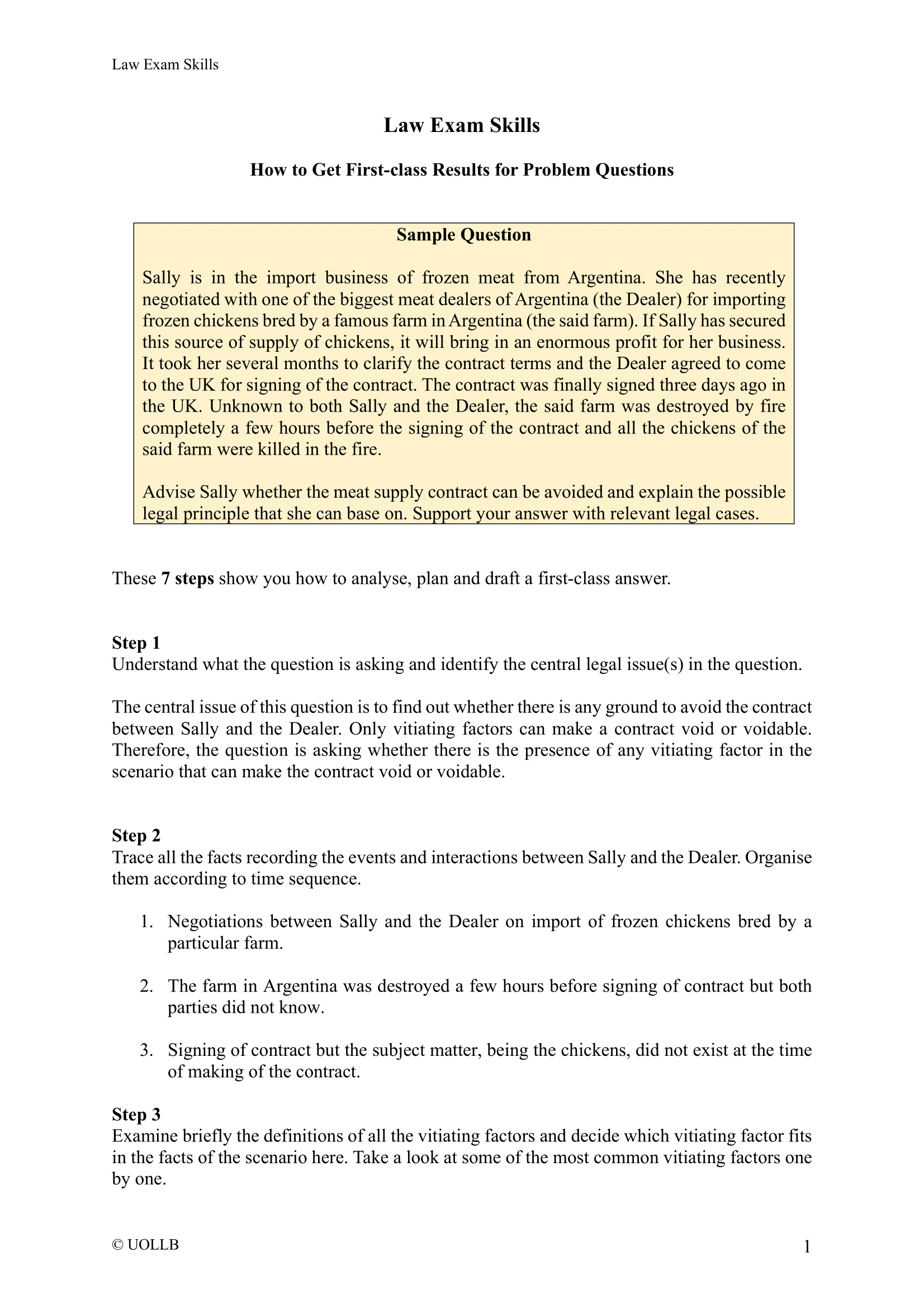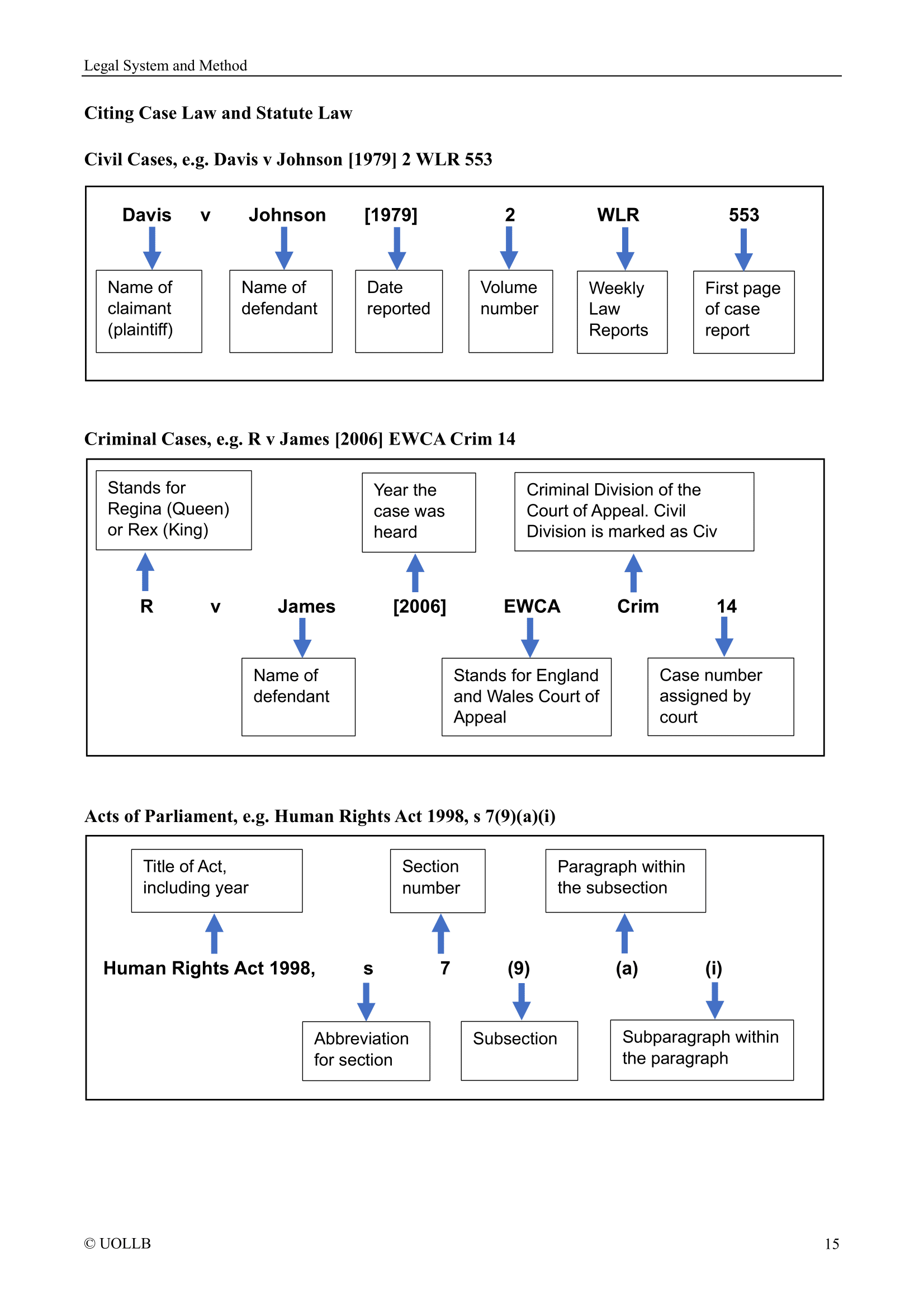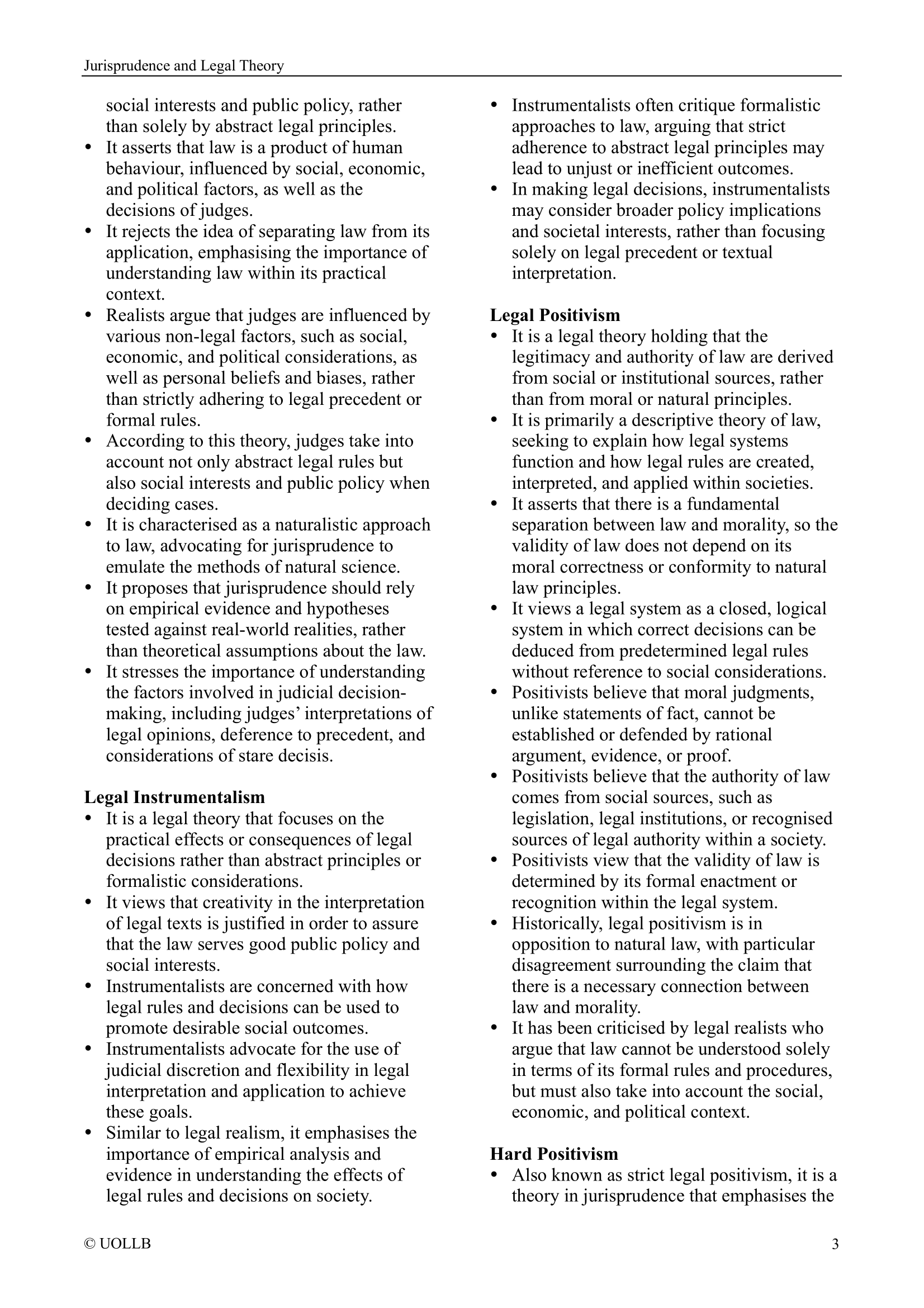Common Law Torts vs Statutory Torts
Share
Common law torts and statutory torts are two categories of civil wrongs in the legal system, and they differ primarily in their sources of authority and how they are defined. Nevertheless, both of them serve as means for individuals to seek remedies when they have been harmed by wrongful actions.
Common Law Torts
Source of authority: Common law torts are based on judicial decisions and legal principles that have evolved over time through court rulings. They are not defined by specific statutes or laws but rather by legal precedent and tradition.
Development: Common law torts have developed through case-by-case decisions, with courts establishing legal standards and principles for various types of wrongful conduct. These decisions build on previous rulings, shaping the body of common law torts.
Flexibility: Common law torts can adapt to changing circumstances and societal norms because they are not bound by the text of statutes. Courts can make interpretations and establish new legal standards based on the facts and circumstances of individual cases.
Elements: The elements of common law torts are typically outlined in judicial opinions and are based on legal principles like negligence, duty, breach of duty, causation, and damages. Each tort has its own set of elements that plaintiffs must prove to succeed in their claims.
Statutory Torts
Source of authority: Statutory torts are defined and governed by specific statutes or laws enacted by legislative bodies, such as federal, state, or local governments.
Development: Statutory torts are created through the legislative process, with lawmakers passing laws that explicitly define particular wrongful actions or behaviours and establish liability for them.
Clarity: Statutory torts tend to be precise and clear in their definitions because they are codified in written laws. This clarity helps individuals and legal professionals understand their legal obligations and potential liabilities.
Elements: Statutory tort statutes often specify the elements or requirements that must be met to establish liability, and they may outline the remedies available to plaintiffs who prevail in their claims.
In summary, common law torts are rooted in judicial decisions and legal principles that have developed over time, offering flexibility but sometimes leading to variations across jurisdictions. Statutory torts are explicitly defined by statutes or laws, providing clarity but requiring legislative action to create, modify, or repeal.

